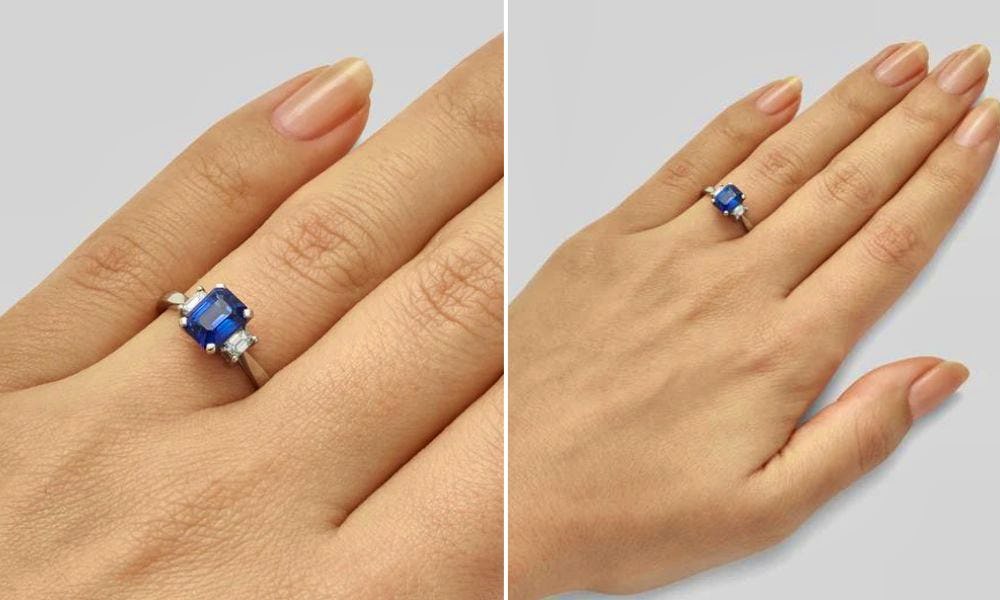
Ingrown toenails can be painful and uncomfortable; if left untreated, they can lead to more serious complications. Knowing when to seek medical help for your ingrown toenail is vital. While some cases of ingrown toenails Pico Robertson, Beverly Hills, can be managed at home, others require professional treatment to prevent infection and promote healing.
Ingrown toenails happen when the toenail’s edge burrows into the skin around it, resulting in discomfort, bruising, and infection. They can be caused by several factors, including improperly trimmed toenails, wearing tight or ill-fitting shoes, injury to the toenail, or genetic predisposition. Common symptoms of ingrown toenails include pain, tenderness, redness, and swelling around the affected area. In more severe cases, drainage or pus may come from the area.
Indicative signs to seek help for ingrown toenails
Here are some indicators that it is time to see a healthcare professional:
- Persistent pain: If you have been experiencing pain and discomfort from an ingrown toenail for over a few days, it is time to seek medical attention. Persistent pain can indicate that the nail is deeply embedded in the skin or that an infection has developed.
- Signs of infection: If the skin around the ingrown toenail is red, swollen, warm, or tender to the touch, it may be infected. Other signs of infection include drainage, pus, or a foul odor coming from the area. Seek medical attention immediately if you notice any of these symptoms.
- Impaired mobility: If your ingrown toenail is causing difficulty walking or moving around, it is time to seek medical attention. Impaired mobility can indicate a more severe ingrown toenail or an underlying condition requiring medical treatment.
- Chronic ingrown toenails: If you experience frequent or chronic ingrown toenails, it may be a sign of an underlying condition that requires medical attention. A healthcare professional can help diagnose and treat the underlying cause of your ingrown toenails.
- Diabetes or circulation issues: If you have diabetes or circulation issues, seeking medical attention for ingrown toenails is essential. These conditions can impair your body’s ability to heal and increase your risk of infection.
Now that you know the indicative signs to seek medical help, here are some common treatment options you can expect:
- Proper nail trimming: Proper nail trimming is key to preventing and treating ingrown toenails. Trim your nails straight across and avoid rounding the edges. Be sure to use clean, sharp nail clippers.
- Lift the nail: Using a small piece of cotton or dental floss, gently lift the edge of the ingrown nail away from the skin. This can help relieve pressure and encourage the nail to grow properly.
- Antibiotics: If an infection has developed, your healthcare provider may prescribe antibiotics to help clear up the infection.
- Surgery: If your ingrown toenail is severe or recurring, your healthcare provider may recommend surgery. This can involve removing a portion of the nail or the entire nail to prevent it from growing into the skin.
- Footwear changes: Wearing proper footwear can help prevent and treat ingrown toenails. Choose shoes that fit well and have plenty of room in the toe box.
If you are experiencing any discomfort or pain from an ingrown toenail, visit your doctor at Eazy Foot & Ankle.




More Stories
A Guide to Heartfelt Communication: Beyond Emojis
How a Local Production House Can Elevate Your Brand’s Message
Why Sapphire is a Top Choice for Birmingham Engagement Rings